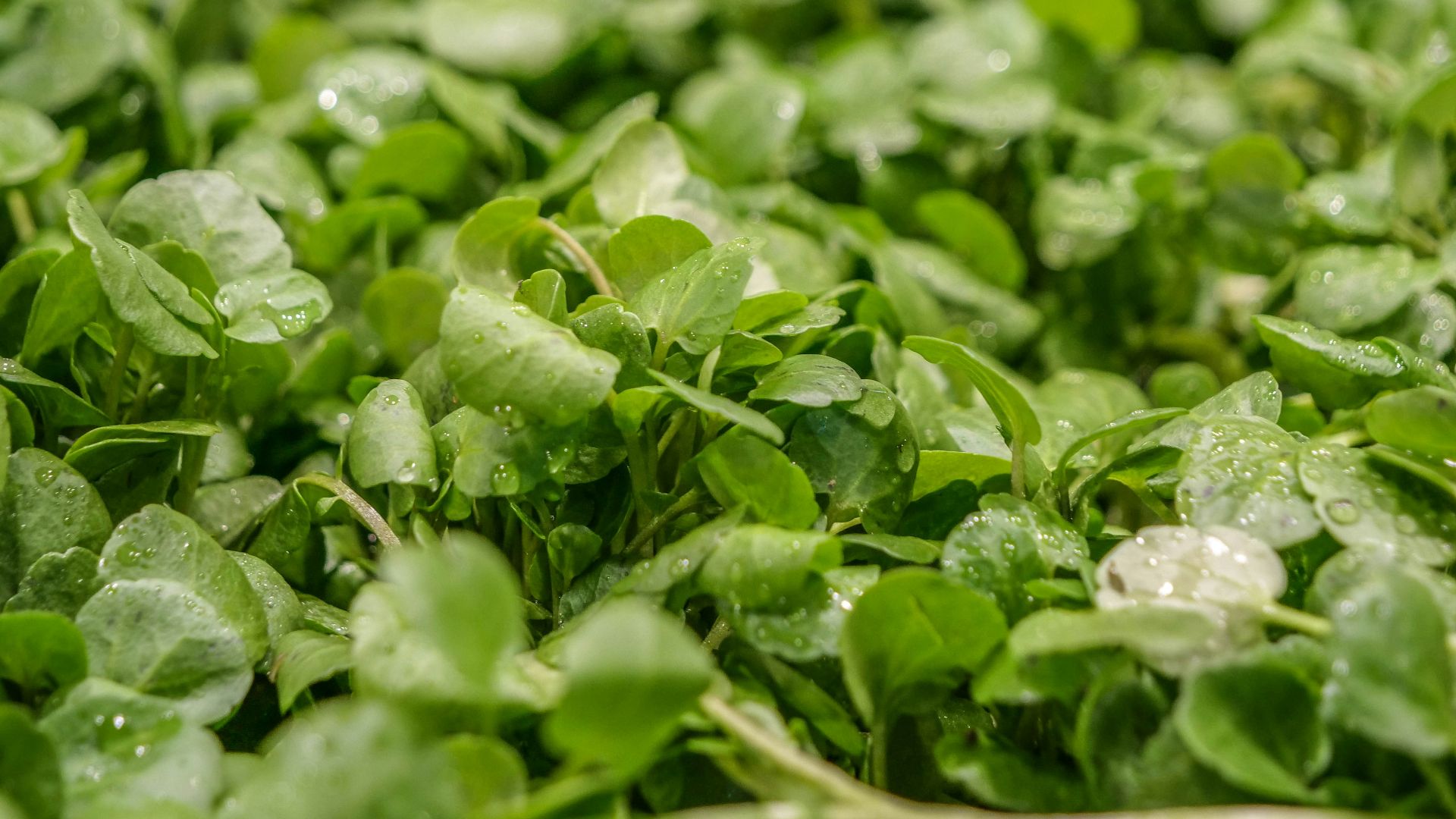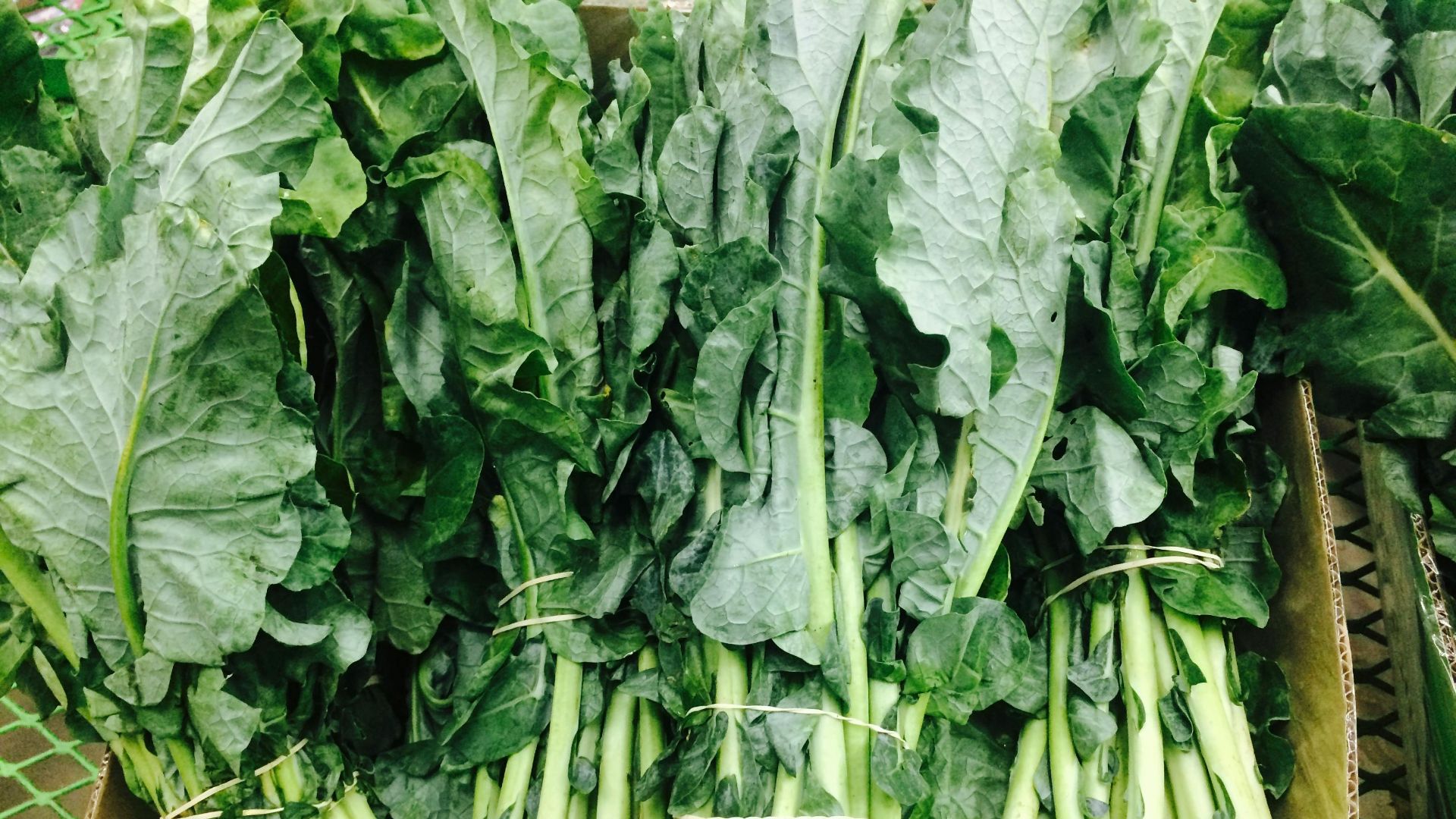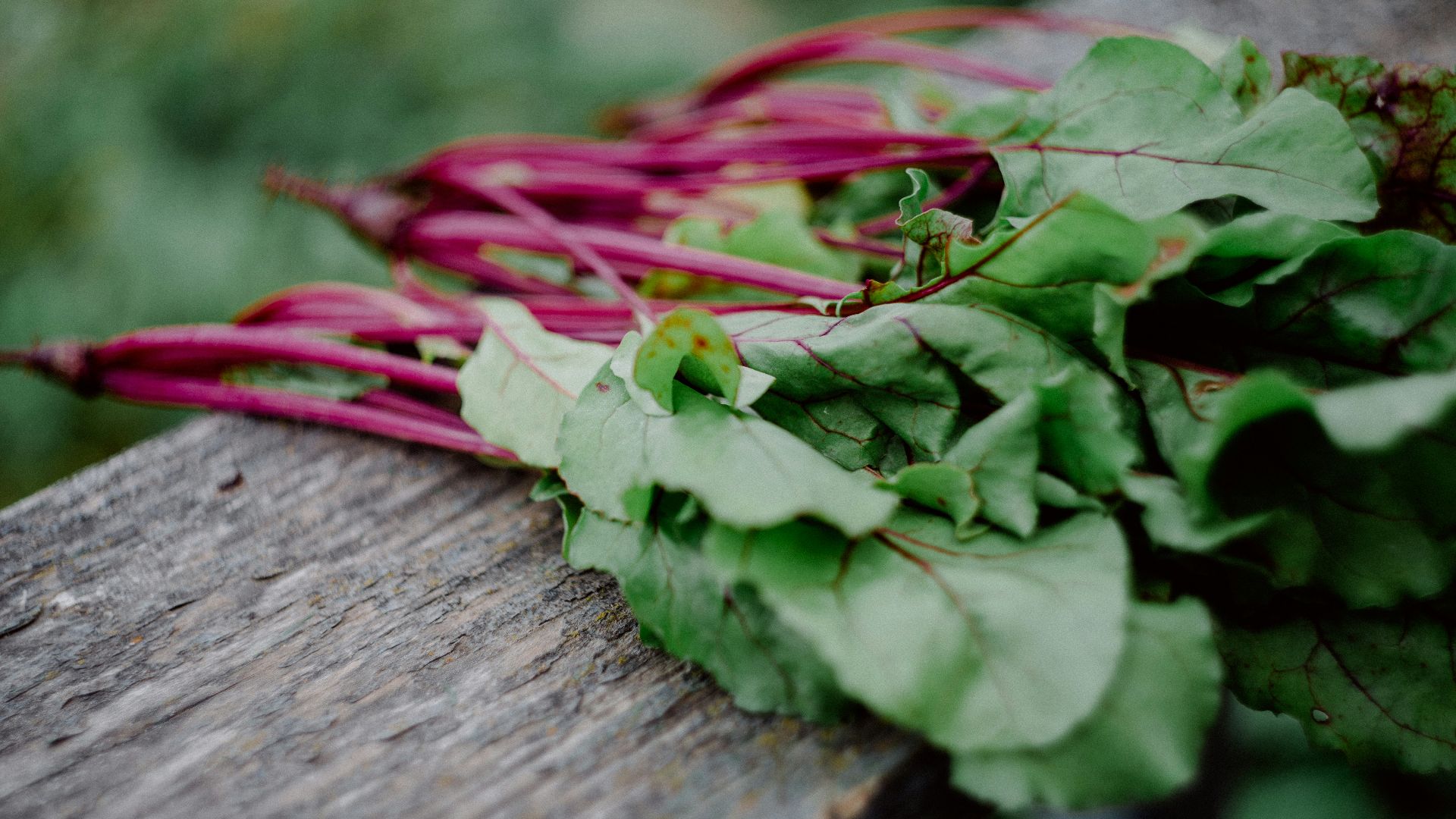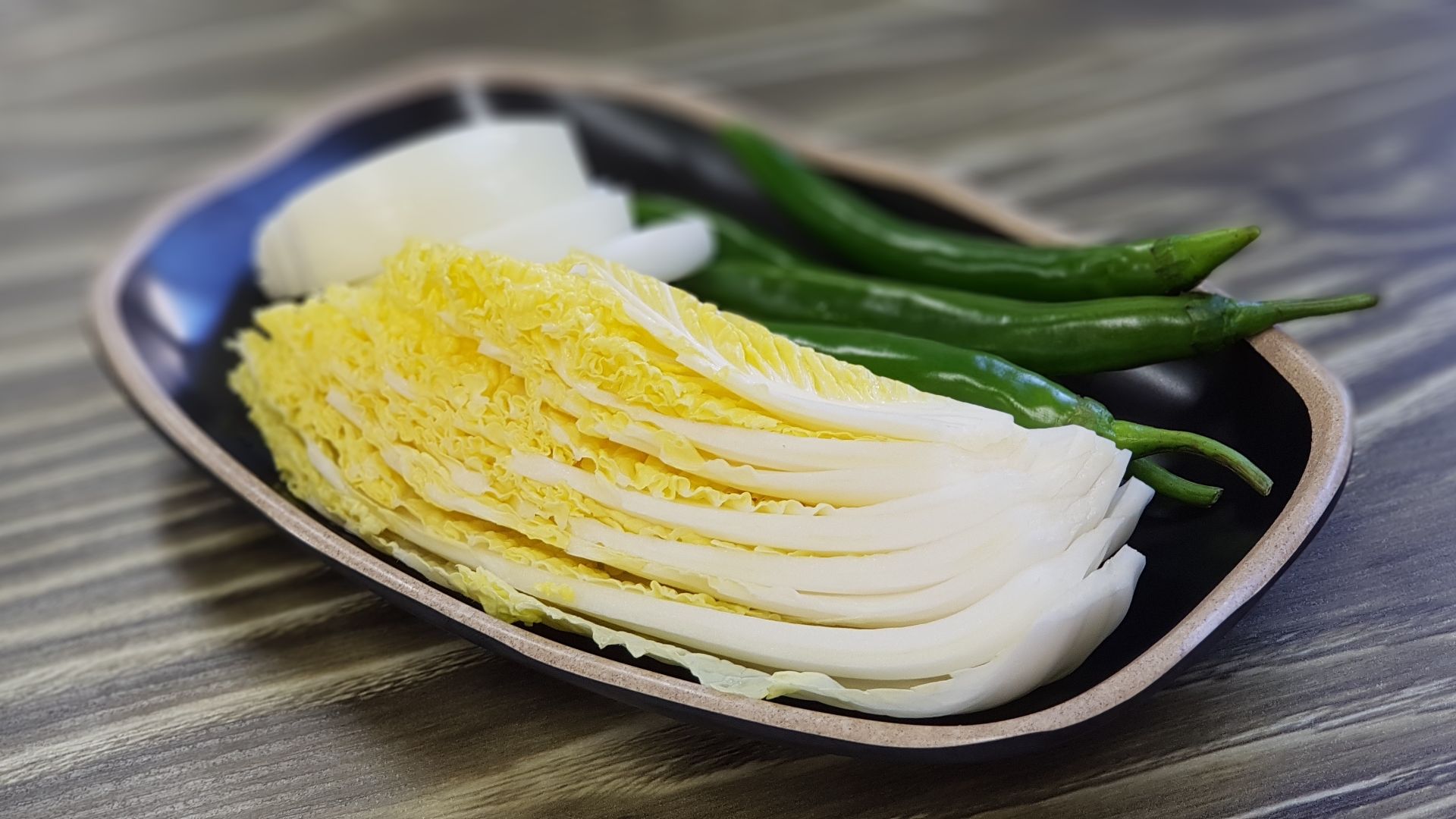These Leafy Greens Pack A Punch
We all know green is typically seen as the color of health - and it's for good reason! Many leafy green vegetables provide us with important vitamins and minerals that keep our bodies healthy and moving. While you may only be familiar with the usual kale and spinach, there are plenty others out there worth exploring. Here are 20 different leafy green varieties that'll help you grow stronger.
1. Spinach
As the popular leafy green that gives Popeye his superhuman strength, everyone should know that spinach is a superfood. Loaded with so many nutrients like vitamins C and K, iron, and calcium, this vegetable is known for improving immune functioning and managing blood pressure. Eat them as is, throw them in a salad, or add them to your sandwich for a healthy boost.
2. Kale
Everyone's favorite smoothie add-in, kale has blown up in recent years. While not everyone is fond of its bitter taste, they can't turn it down once they know how much of a nutritional powerhouse it is. Full of antioxidants, fiber, calcium, and so much more, eating kale regularly can help protect you against diabetes and cancer while also promoting heart health.
3. Watercress
While watercress isn't as recognized of a vegetable, it really shouldn't be overlooked. This powerful leafy green offers a plethora of health benefits including lowering your risk of diabetes and heart diseases, potentially decreasing cholesterol levels, and boosting your immune function. Sounds like it's worth tossing into your cart the next time you're at the grocery store.
4. Arugula
Best known for having a unique peppery, almost spicy flavor, arugula is a popular vegetable used in salads and sandwiches. While it definitely gives your dishes some natural added flavor, it's also nice knowing it's a healthy addition. Arugula is high in calcium, potassium, and folate, all of which work together to boost your overall health.
5. Cabbage
Though cabbage is often seen as a "boring" vegetable, you might think of it differently once you learn all about its health benefits. Loaded with plenty of various vitamins and minerals, cabbage can help prevent inflammation, reduce your risk of different cancers, and improve your digestion thanks to all that fiber. To make this bland veggie more interesting, consider turning it into kimchi or using it as a wrap to give it some flavor.
6. Collard Greens
A popular vegetable cooked in the South, collard greens are a naturally healthy vegetable full of vitamins and minerals that keep you strong. This leafy green can do wonders on your bone health, digestion, and hair and skin health. Avoid cooking it in too much oil and unhealthy seasonings to really reap the benefits.
7. Bok Choy
A vegetable commonly used in Asian cooking, Bok choy is beloved for its numerous health benefits. Noted for being high in potassium, antioxidants, vitamins, and folate, this low-calorie leafy green can help with blood pressure levels, heart health, and inflammation (on top of many other things). When cooked right, it can be enjoyable to eat too with its crunchy stems and soft leaves.
8. Swiss Chard
Swiss chard is an underrated vegetable that should be added into people's daily diets more often. This incredibly nutritious leafy green has a decently mild taste once cooked, making it more palatable for a majority of people. Which is a good thing considering it's high in vitamin K which can improve bone health and nitrates which lower blood pressure and improve athletic performance.
9. Mustard Greens
The word mustard isn't in its name for no reason! Stated to have a bit of peppery, bitter flavor, this plant will definitely remind you of the condiment. And if you can get over that flavor if you don't enjoy it, you'll be able to provide your body with plenty of antioxidants and vitamins that are keeping you healthy and strong.
10. Endives
Though you might have never worked with endives before, we recommend trying something new and incorporating this vegetable into your dishes so you can enjoy its benefits. That's because not only are endives high in fiber which can improve your digestion, they're also rich in antioxidants that can help protect you from chronic diseases.
 minchephoto photography on Pexels
minchephoto photography on Pexels
11. Escarole
You may have never heard of escarole before, but this is a sign to pick it up on your next grocery store run. Used most commonly in Italian cooking, you can use it in stews, soups, salads, or even pasta. If that doesn't interest you enough, how about learning that it may improve gut, heart, and eye health? It's packed with vitamin C, fiber, and various other nutrients after all!
12. Mizuna
Also known as Japanese mustard greens or spider mustard, Mizuna is commonly used in Japanese cooking for stews, stir-fries, and even hot pot. Often compared to arugula in taste, this leafy green also offers plenty of nutritional value. It's best known for being extremely high in vitamin K which doesn't just help with blood clotting, it also helps to strengthen bones.
13. Dandelion Greens
While most people see dandelions as annoying weeds found in their garden, their leaves and roots are actually edible and have been used in medicine throughout history. You definitely have to be a bit more cautious with dandelion greens though, as it's still being researched and can cause allergic reactions. However, some benefits being studied include its ability to decrease inflammation, improve liver health, and help manage cholesterol levels.
14. Purslane
Sometimes also called pigweed or little hogweed, purslane is a leafy green you might see growing on the sidewalk that you didn't realize could go in your salad. If you've never had it before, it's been said to have a similar sour taste to spinach. High in omega-3 fatty acids, antioxidants, and loads of minerals, it's a unique vegetable with so many health benefits you never knew about.
 Robert Flogaus-Faust on Wikimedia
Robert Flogaus-Faust on Wikimedia
15. Beet Greens
While seeing beets in its name might already seem a bit off-putting for some, it's worth trying to get over your hatred of this vegetable so you can enjoy all the nutritional value it has to offer. Beet greens in particular come loaded with iron, different vitamins, and potassium. Enjoy them in a salad if you're not a fan of its natural flavor!
16. Bomdong
A popular leafy vegetable in South Korea, bomdong is primarily used to create kimchi and salads. It has a slightly sweet taste to its leaves that complements its crunchy texture. Said to be high in fiber, this is always a great veggie to eat if you're looking to improve your digestive functioning.
17. Gai Lan
Also known as Chinese broccoli, you've likely had gai lan in a Chinese dish without even knowing. Known for being especially high in calcium, you can count on this leafy green to help strengthen your bones. It also contains iron and vitamins that promote a healthy body.
18. Lettuce
While most people say lettuce is empty calories, you can't ignore that it's a great vegetable that helps with weight loss. Though you might not be getting the same nutritional intake as say, using spinach or kale as your main salad green, lettuce is still a beneficial leafy green in other ways.
19. Napa Cabbage
This Chinese cabbage is used commonly in Asian cuisines. High in the usual goodies like vitamins, iron, and folate, Napa cabbage is also rich with manganese which helps with inflammatory disorders and decreasing the risk of stroke. It has a very different texture from the usual cabbage, so if you haven't tried it, give it a shot - you may like it more!
20. Pea Shoots
Packing lots of vitamin C in every bite, pea shoots are a lesser-known green vegetable that deserves more love. While they help boost your overall energy levels and improve immune functioning, pea shoots also prevent constipation and heart disease.


























